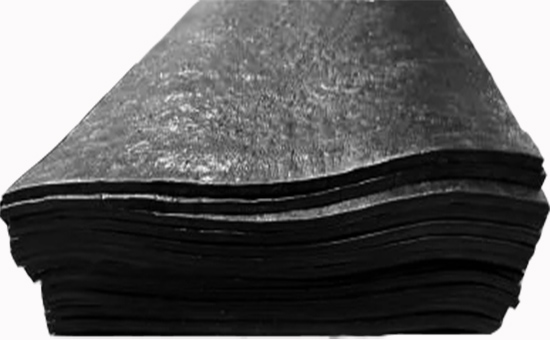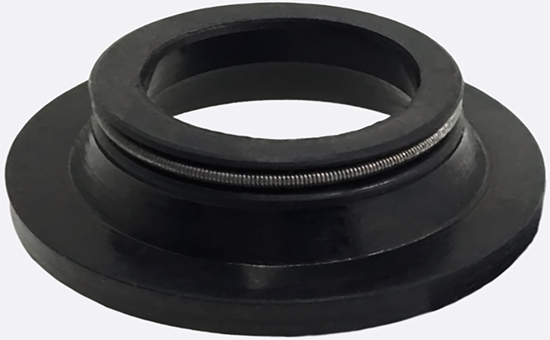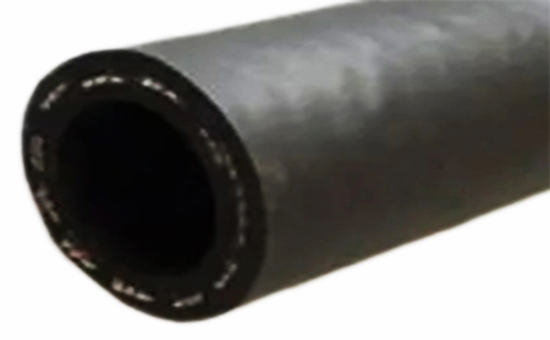
Nitrile rubber has excellent oil-resistant, abrasion-resistant, heat-resistant and other properties, and is widely used in the production of various oil-resistant and wear-resistant rubber products, such as O-rings, oil seals, hoses, hoses, gaskets, rubber rollers, shoe soles, conveyor belts, and insulation foam tubes. When using nitrile rubber to produce rubber products, the quality of rubber compound directly determines the quality of the finished product, but the mixing performance of nitrile rubber is poor, and rubber product manufacturers need to carefully choose the mixing method and strictly control the mixing process.
The compounding of nitrile rubber is usually carried out in an open mill. Due to its mixing performance, there are certain challenges, such as high heat generation, easy to remove rolls, poor wettability of powdered compounding agent, slow powder eating speed and difficulty in dispersion, especially when a large amount of carbon black is added, the temperature of the rubber material rises quickly and is easy to scorch. In order to ensure the smooth operation of the compounding operation and to guarantee the quality of the compound, the following measures are recommended:

1. Use a smaller roll pitch (3-4mm).
2. Keep the roll temperature low (35-50°C) and make sure the front roll temperature is 5-10°C lower than the rear roll.
3. Low speed ratio and small capacity (about 70%-80% of ordinary synthetic rubber).
4. Adopt the method of gradually adding compounding agent in batches.
Sulfur has a low solubility in nitrile rubber, so it is recommended to add it at the beginning of the mix, while the accelerator should be added at the end. Powdered compounding agents such as carbon black and liquid softening plasticizers can be added interchangeably in batches. When adding compounding agent, it is recommended to add it gradually from one end of the roller to ensure that a part of the rubber material is always wrapped at the other end of the roller to prevent all the rubber from being taken off the roller.

In order to avoid scorching, it is advisable to perform a short remixing after adding all compounding agents, then remove and cool before performing a thin pass remelting. The mixing time of nitrile rubber is usually about 1 times longer than that of natural rubber and about 25% longer than that of styrene-butadiene rubber.
Due to the high heat generation of nitrile rubber, it is generally not recommended to use an internal mixer for mixing. If the internal mixer must be used, the cooling of the mixing chamber and the rotor should be strengthened, nitrile rubber 2SLYY1117 and sulfur should be added first, and the reinforcing filler should be added slowly in a small amount, and the debinding temperature should be strictly controlled below 140 °C. When the material is transferred to the tablet press after discharging and further mixing, cooling water should be immediately introduced to reduce the temperature of the rubber to a safe temperature without scorching hazard, and then the accelerator should be added.
When using nitrile rubber to produce rubber products, rubber product manufacturers can also add an appropriate amount of nitrile reclaimed rubber to reduce costs on the premise of ensuring the quality of the finished product. It is worth mentioning that nitrile reclaimed rubber has the characteristics of good plasticity, low power consumption during mixing, and less heat generation during the heating process. In the future, Xiaobian will continue to share with you the production formula of nitrile rubber, nitrile reclaimed rubber and oil-resistant and wear-resistant rubber products.
Exclusive original article [commercial authorization] reprint, excerpt and excerpt in any form are prohibited without written authorization. Focus on Hongyun rubber: learn the process formula and raw material technology of producing rubber products from recycled rubber to help you reduce costs and increase profits